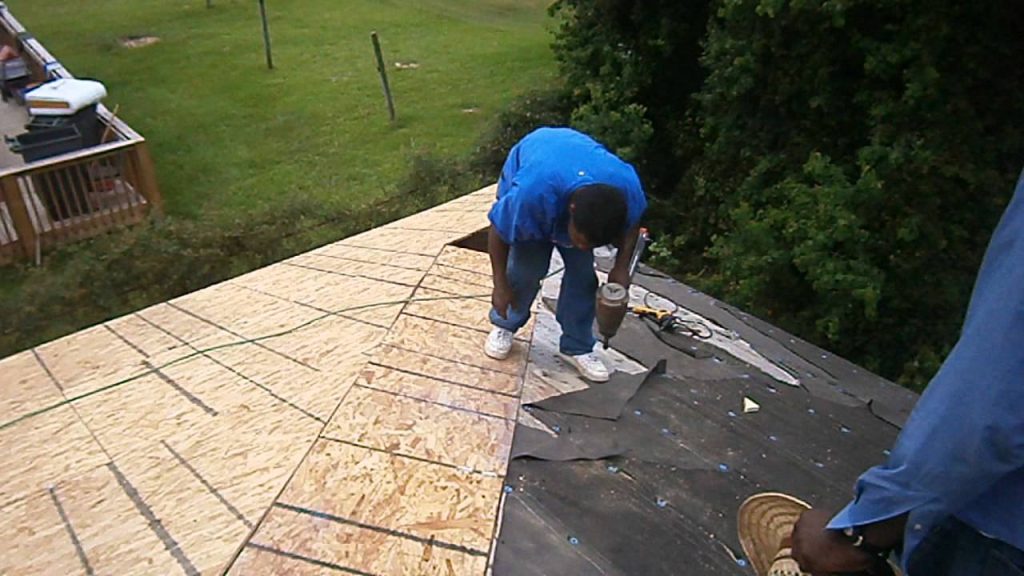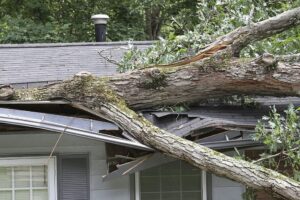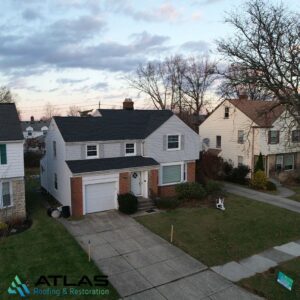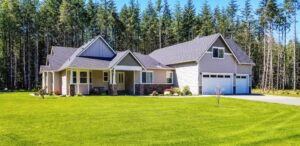When considering the many layers of your home’s roofing system, one crucial component often overlooked by homeowners is the roof decking. While shingles, underlayment, and flashing might get most of the attention, roof decking serves as the backbone of your roof, offering support and stability to the entire structure. Understanding its role is vital to ensuring the longevity and effectiveness of your roof. Let’s explore what roof decking is, why it’s essential, and how it contributes to protecting your home.
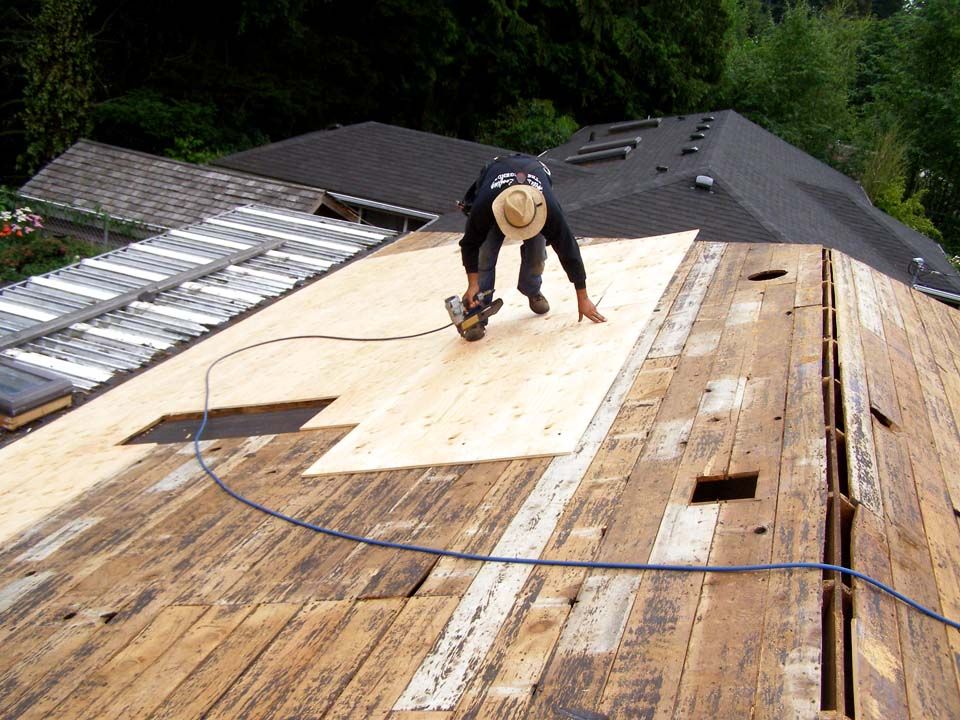
What Is Roof Decking?
Roof decking, also known as sheathing, is the layer of material installed directly over the roof’s structural framework. It provides a solid base for other roofing components, such as underlayment and shingles. Typically made from plywood, oriented strand board (OSB), or sometimes metal or composite materials, roof decking is an integral part of the roofing system. It connects the roof trusses or rafters, ensuring the roof’s structural integrity and distributing weight evenly.
The Functions of Roof Decking
Roof decking plays several critical roles in safeguarding your home:
- Structural Support Roof decking provides a stable foundation for the entire roofing system. It connects the roof’s framework, preventing movement and adding rigidity to the structure. Without it, your roof would lack the necessary support to withstand external forces such as wind, rain, and snow.
- Weather Resistance Acting as a barrier between the interior of your home and the elements, roof decking contributes to your home’s weatherproofing capabilities. It helps prevent moisture infiltration, which can lead to structural damage, mold, and mildew.
- Load Distribution The roof decking evenly distributes the weight of roofing materials, snow, and any additional loads across the framework. This prevents stress points that could compromise the roof’s structural integrity.
- Fire Resistance High-quality roof decking materials can add an extra layer of fire resistance to your home. Plywood and OSB, for instance, are often treated with fire-retardant chemicals to minimize fire risks.
- Facilitates Roof Installation Roof decking provides a flat and sturdy surface for installing underlayment, shingles, or tiles. It ensures these components are securely fastened, contributing to the overall durability of the roof.
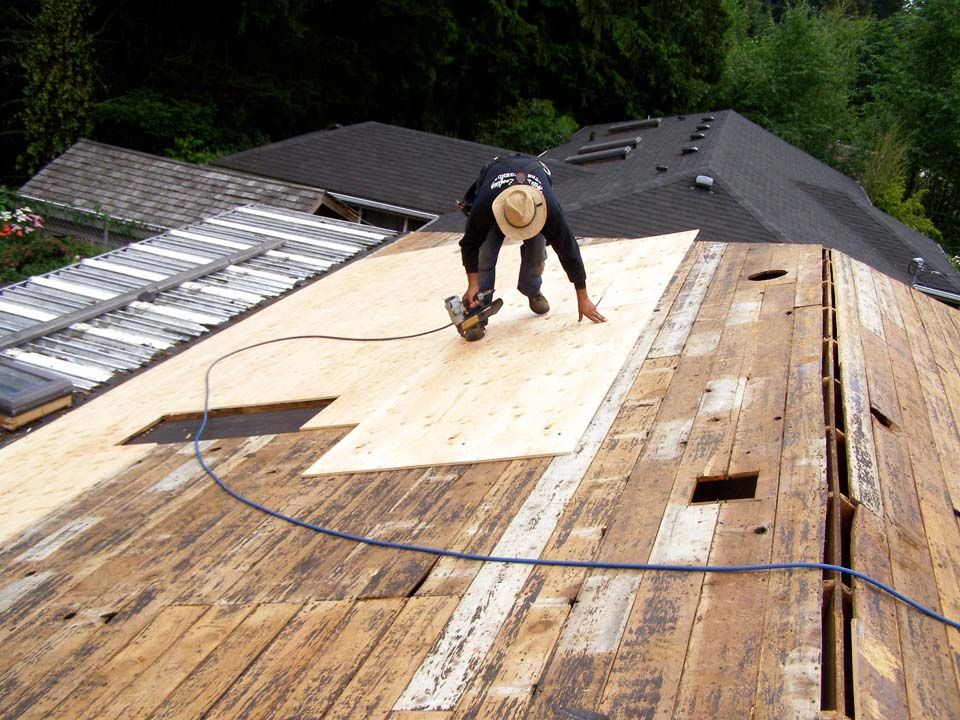
Types of Roof Decking Materials
Selecting the right material for your roof decking is critical. Here are the most common options:
- Plywood Plywood is a popular choice due to its strength and affordability. Made from layers of wood veneer glued together, it offers excellent durability and resistance to warping.
- Oriented Strand Board (OSB) OSB is another widely used material, known for its cost-effectiveness and uniformity. It is made by compressing wood strands and adhesives, creating a strong and consistent surface.
- Metal Decking Metal decking, often used in commercial buildings, provides exceptional strength and fire resistance. It’s a long-lasting option but is less common in residential applications.
- Composite Materials Composite decking materials combine wood fibers with plastic or other synthetic materials. These options are highly durable and resistant to moisture, making them ideal for specific applications.
Signs of Roof Decking Issues
Roof decking is designed to last for decades, but like any component, it can deteriorate over time. Here are some signs that your roof decking may need attention:
- Sagging Roof A sagging roofline often indicates weakened or damaged decking. This could result from prolonged exposure to moisture or excessive weight.
- Leaks or Water Damage Water stains on your ceilings or walls might suggest that moisture has penetrated your roof decking. Left unaddressed, this can lead to significant structural problems.
- Mold or Mildew Growth Mold or mildew inside your attic or on your roof decking is a clear sign of moisture infiltration. This issue should be addressed immediately to prevent further damage.
- Rotting or Warping Wooden roof decking materials are susceptible to rot and warping if exposed to water for extended periods. Regular inspections can help catch these issues early.
- Nail Pops Nails that protrude from your shingles might indicate that the roof decking is no longer holding them securely, often a sign of underlying deterioration.
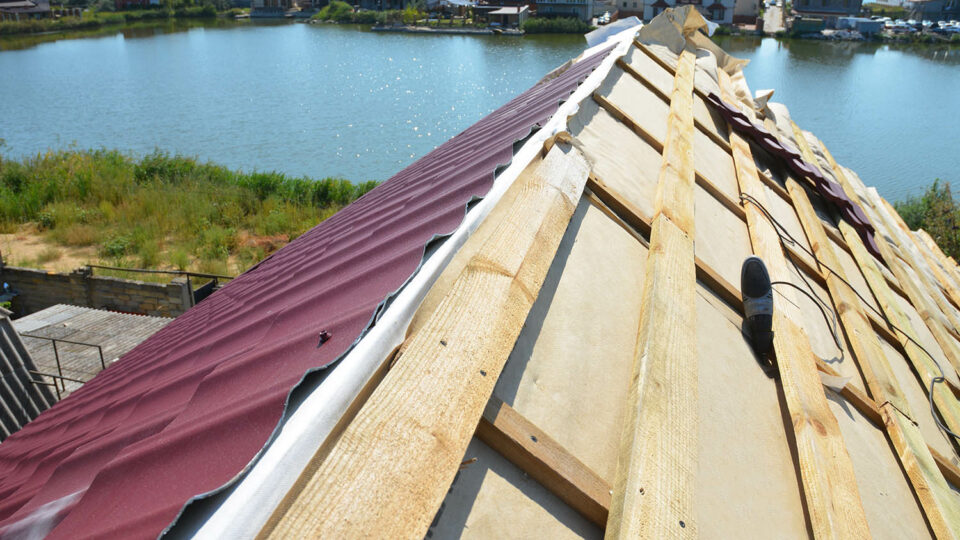
The Importance of Professional Installation and Maintenance
While roof decking may not be visible, its role is fundamental to your roof’s performance. Ensuring proper installation and regular maintenance can save you from costly repairs down the line. Here’s how professional roofers ensure the longevity of your roof decking:
- Accurate Installation Professional roofers ensure that roof decking is installed correctly, with precise measurements and secure fastening. Proper installation prevents gaps, weak spots, and other issues that could compromise your roof.
- Inspection and Repair Regular inspections allow professionals to identify and address issues with your roof decking before they escalate. Repairs can include replacing damaged sections or reinforcing weak areas.
- Moisture Control Professionals use high-quality underlayment and flashing to protect roof decking from moisture. They also ensure proper ventilation to prevent condensation buildup.
- Material Selection Experienced roofers recommend the best material for your specific needs, considering factors like climate, budget, and the roof’s overall design.
Extending the Lifespan of Your Roof Decking
Homeowners can take proactive steps to protect and extend the lifespan of their roof decking:
- Schedule Regular Roof Inspections Annual or bi-annual roof inspections help identify potential problems early, allowing for timely repairs.
- Maintain Proper Ventilation Adequate attic ventilation prevents moisture buildup, reducing the risk of rot and mold growth.
- Address Leaks Promptly Even small leaks can cause significant damage if left unaddressed. Fix leaks immediately to protect your roof decking.
- Keep Gutters Clean Clogged gutters can lead to water pooling on your roof, increasing the risk of moisture infiltration. Regular gutter maintenance is essential.
- Remove Debris from Your Roof Leaves, branches, and other debris can trap moisture against your roof’s surface, accelerating wear and tear.
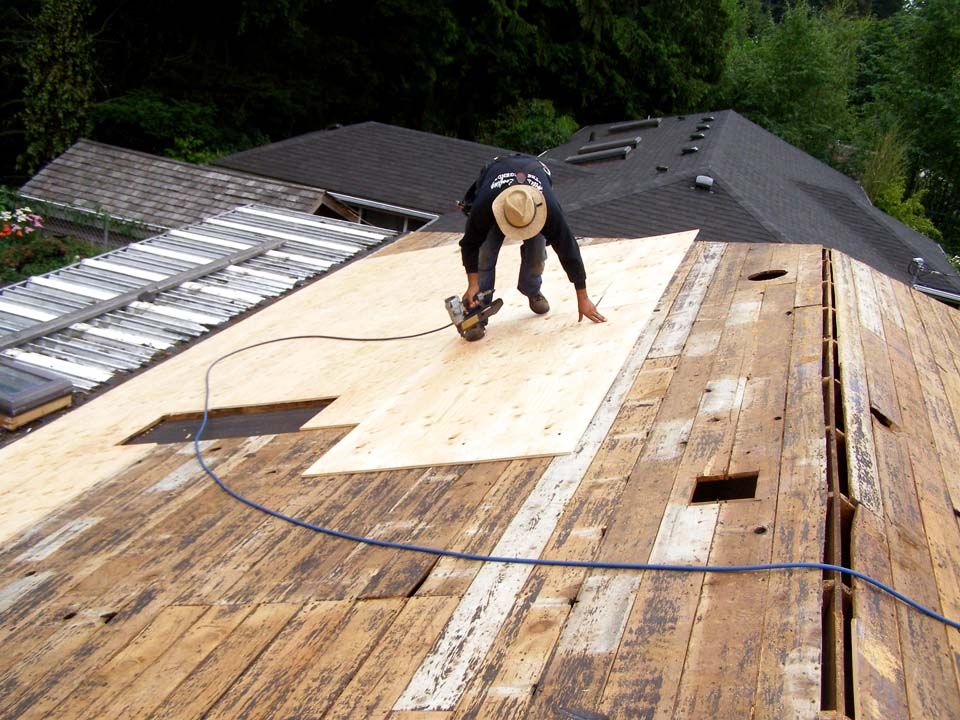
Conclusion
Roof decking is the unsung hero of your roofing system, providing the necessary support and protection to ensure your home stays safe and secure. At Atlas Roofing and Restoration, we understand its vital role in maintaining your roof’s structural integrity and weather resistance. Regular maintenance, timely repairs, and professional installation by our experts are key to preserving the functionality of your roof decking.
By understanding the essential role of roof decking, homeowners can make informed decisions about their roofing needs and invest in the longevity of their homes. Trust Atlas Roofing and Restoration to provide expert guidance and services to keep your roof decking in top condition. So, the next time you think about your roof, remember the critical foundation that holds it all together: the roof decking.

